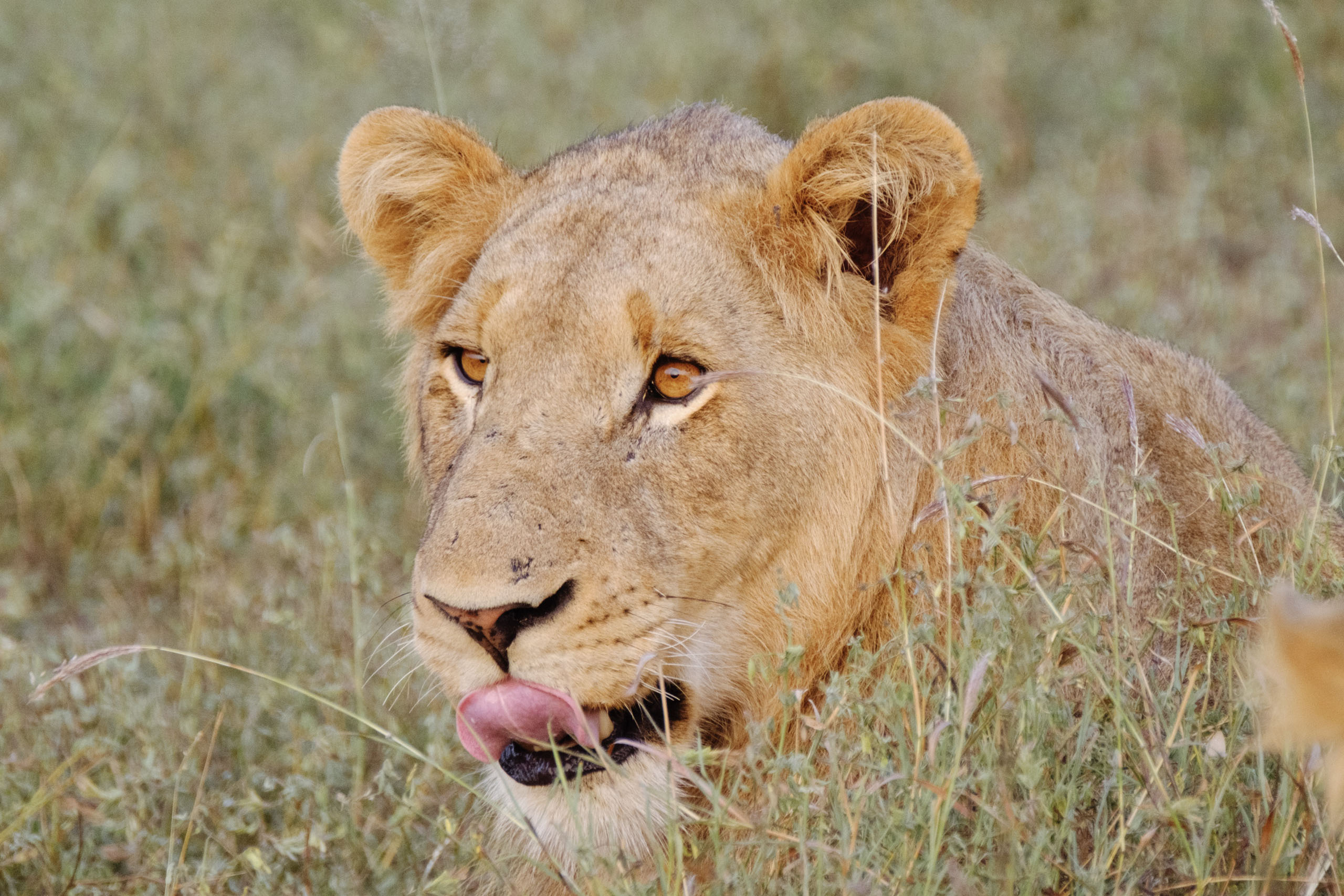
The Fujinon XF100-400mm is the most expensive piece of glass you can buy for the X system. Ironically, this was also the lens that made me switch to the Fujifilm X system.
Equipment in this post:
- Fujinon XF 100-400mm XF100-400mm F4.5-5.6 R LM OIS WR Lens [Amazon US, Amazon UK, Adorama]
- Fujifilm X-T2 Body [Amazon US, Amazon UK, Adorama]
- VPB-XT2 Vertical Power Booster Grip [Amazon US, Amazon UK, Adorama]
- XF1.4X TC WR Teleconverter [Amazon US, Amazon UK, Adorama]
- Olympus Dot Sight EE-1 [Amazon US, Amazon UK, Adorama]
It’s late 2016, I was bitten by the Safari bug when I was living in South Africa and was about to head to Hokkaido to photograph some cranes and eagles. What I had at the time was the excellent Sony A7R II and the diminutive Olympus OM-D E-M5 ii. The Sony had no 400mm lens at the time and had a slow frame rate of 5fps, and I’ve always felt that the smaller sensor size of M43 was limiting for wildlife photography when it comes to ISO performance and cropping potential. The choices were to either:
- Get a safe option for the present; a Canon 7D II with the EF 100-400mm II
- Or invest in a system for the future.; a Fujifilm X-T2 with the XF100-400mm
Being ever the early adopter, I naturally chose the latter.

In my opinion, this was the first serious wildlife lens you could find a for a mirrorless system. I appreciate that Panasonic has their Leica branded 100-400mm and Olympus has their excellent (and expensive) 300mm F4, but the APS-C sized sensor have always fekt like the best compromise between sensor (and lens) size and image quality to me.
I also had recently bought Fujifilm’s X-T10 as a spare camera and was impressed by its colour reproduction. Fujinon glass for the X-series have always had a warranted reputation for their stellar quality to price ratio, and the promise of having that quality in a 100-400mm was just too enticing.
Two wildlife trips later, I can say that this lens exceeded my expectations. Anyone going into the X-T2 system for wildlife or bird photography should buy this lens without hesitation.
Build Quality
Coming in at 1365g without its caps and hoods, this lens doesn’t seem to offer much weight savings over the full frame alternative offered by Canon. It is only 200g lighter. I suspect this is mostly due to the insane OIS system they’ve implemented in the lens (more on that later), which I’d gladly tae any day over a slight weight saving.
My copy of this lens has very minimal rotational play around the mount. Some readers have told me that their copies have a slight bit of play, just like my XF 50-140mm, but that should be of no concern as it does not affect image quality. I promise once you get this out in the field, the adrenaline that comes with wildlife photography will make you forget about the rotational play.
The lens hood snaps securely in place and has an opening for easy access to a C-PL filter, if you use any for wildlife photography to begin with.
Handling
Physical controls
For its price, this lens feels as well-engineered as it should be. The zoom rings feel precise and smooth. The lens element extends forward as you increase the focal length, but it never feels like a struggle to operate. There is a lock switch that locks the focal length at 100mm, which I use often when I have this slung around my back. Lens creep is minimal.
The focus controls are by wire, which would take some getting used to if you’re coming form a DSLR. But I generally found it more accurate when fine tuning focus with MF magnification once you get used to it, remember that there is no magnification on a DSLR when using the viewfinder.
The aperture control ring has no markers, but still makes it more intuitive to change apertures compared to a rear command dial in my opinion.
Other switches include an OIS on/off switch (no different modes like on a Canon EF 100-400mm but I haven’t found that to be an issue), a focus range limiter switch, and the standard aperture control switch found on Fujinon lenses.

With the Fujifilm X-T2 and VPB-XT2
Handling this lens with the X-T2 body alone feels very front heavy and makes it difficult to respond to focal length changes, I wouldn’t recommend it.
I use this lens on my X-T2 with the VPB-XT2 attached almost exclusively. The VPB-XT2 gives you a larger surface area to grip the body which in my opinion, eliminates the front heavy issues. Shooting in portrait orientations is also a lot easier with it on. It also adds two extra batteries and an added 11fps boost mode that any wildlife photography would appreciate.
Tripod mount
The tripod mount attaches onto the barrel of the lens with two screws that can be easily removed with your thumb. Unlike Canon lenses, the ring around the barrel cannot be removed, which I think is a better design as it reduces the footprint of the tripod mount when detached. The foot of tripod mount is quite small compared to the XF 50-140mm’s or other lenses, so I almost always keep it on and rotate it upwards when handholding.
Image Quality
Image quality is excellent, it definitely lives up to the Fujifilm standards. Bokeh looks creamy, colours and contrast are fantastic, sharpness is excellent. I’ll let the photos do the talking but before that, just be aware that if you’re new to this sort of focal length ranges, you have to take your focusing seriously.

When I started using the 100-400mm I was wondering why half my shots were not tack sharp, turns out the depth of fields are a lot shallower than what I was used to, even at F5.6. A general tip would be to stop down to F8 or even F11 when your subject’s plane of focus shifts rapidly, and to use Manual Focus and MF assist to fine tune your focus when your and your subject are stationary. You must also be aware of heat haze during the daytime in summer, no amount of sharpness is going to rescue you from the diffraction that it causes.
With the XF 1.4X Teleconverter
Like the modern glass from Canon and Nikon, there is no noticeable loss in quality when attaching the Fujinon XF1.4XTC in my experience. Autofocus is also still speedy enough to keep up, and the focus points you can use isn’t reduced even though the lens effectively becomes an F6.3 – F8. I highly recommend getting the XF1.4XTC as this gives you complete coverage from 50mm all the way to 560mm when you pair this lens with the XF50-140mm. I used this lens exclusively with the XF1.4XTC for my Safari in the Kruger.
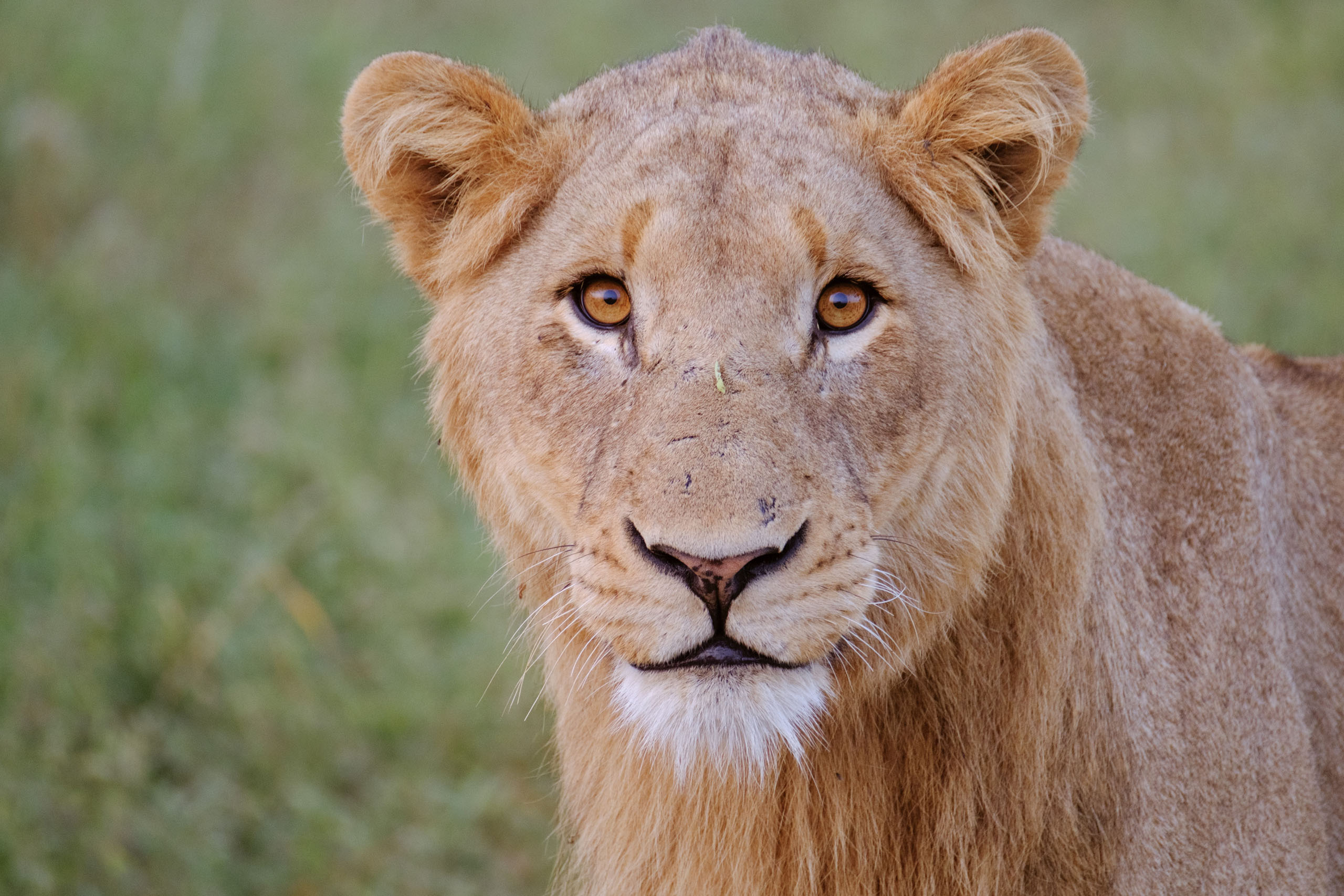
Focusing
As mentioned in my X-T2 birding review and my X-T2 safari review, I’ve found that this lens has no issues keeping up with tracking a subject once it has been acquired. I feel that acquisition speed could be slightly better, but I suspect that that is a limitation of the algorithms within the X-T2 rather than the motor driving the lens’ auto focus system. Being able to focus manually through the viewfinder is one of the strengths of a mirrorless system that I have learned to embrace, when the subject is still. Heat haze often throws a camera’s AF system out the window, so this is where the experience gets a lot better than a DSLR system. Using manual focus through the viewfinder with 10x magnification and rotating a smooth focus-by-wire ring allows you to focus on precision. Contrast this with having to deal with LCD hoods and worrying about exerting just enough strength to nudge a physical focus ring.
Insane Optical Image Stabilisation
As mentioned earlier, the XF 100-400mm gives just a mere 200g weight savings from a Full-Frame Canon equivalent. I suspect that the weight savings are not greater because of the OIS system they’ve built in, and I think Fujifilm has made an excellent choice. The Blakiston’s Fish Owl is the largest owl species in the world, and obviously enough – nocturnal. I had plenty of fun taking photographs of this beautiful bird handheld in very little light. I was getting usable exposures handheld at shutter speeds of down to 1/8s at 400mm, consistently at 1/15s! Couple this with the really good high ISO performance of the X-T2 and you get a package that can shoot owls in very little light, something the Canon 7D II and the EF 100-400mm II my dad was using struggled heavily with.
Weather Resistance
I’ve used this lens both in heavy snowfall with temperatures down to -22C and in heavy dust with temperatures well above 30C. Neither of those situations have posed any hazards to my X-T2 or the lenses. You can shoot in less than ideal environments with a peace of mind.
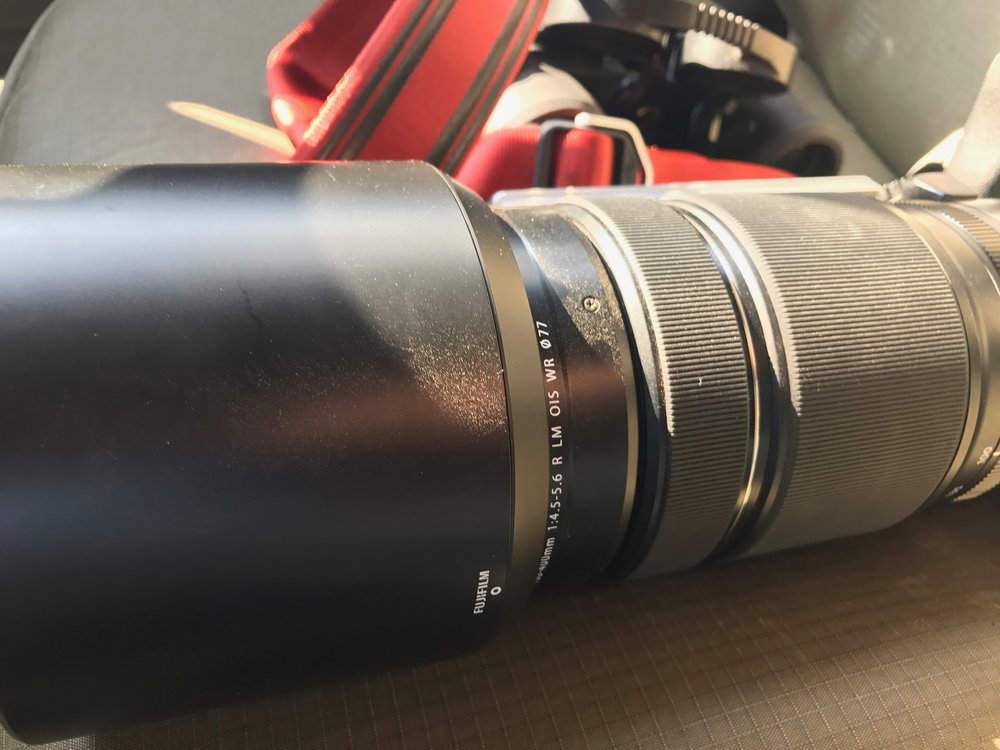
Conclusion
The XF100-400m{“type”:”block”,”srcClientIds”:[“6f0f1720-d1eb-4d58-b67e-76f1b4c5d0f8″],”srcRootClientId”:””}m brings Fujifilm’s X system onto the table as a serious contender for wildlife photography. A 100-400mm lens has always been a reliable, versatile staple in any wildlife photographer’s kit. The X-T2 can already get a lot of potential out of this lens, but it will get even better as Fujifilm inevitably improves their bodies and firmware in the years to come. If you are looking for a wildlife lens for a camera system that takes you into the future, look no further, you will enjoy this.
If you enjoyed this post or found it useful, please consider supporting this blog by using one of the links below to get your lenses from Amazon. Let me know if you have any thoughts in the comment section below.
Equipment in this post:
- Fujinon XF 100-400mm XF100-400mm F4.5-5.6 R LM OIS WR Lens [Amazon US, Amazon UK, Adorama]
- Fujifilm X-T2 Body [Amazon US, Amazon UK, Adorama]
- VPB-XT2 Vertical Power Booster Grip [Amazon US, Amazon UK, Adorama]
- XF1.4X TC WR Teleconverter [Amazon US, Amazon UK, Adorama]
- Olympus Dot Sight EE-1 [Amazon US, Amazon UK, Adorama]
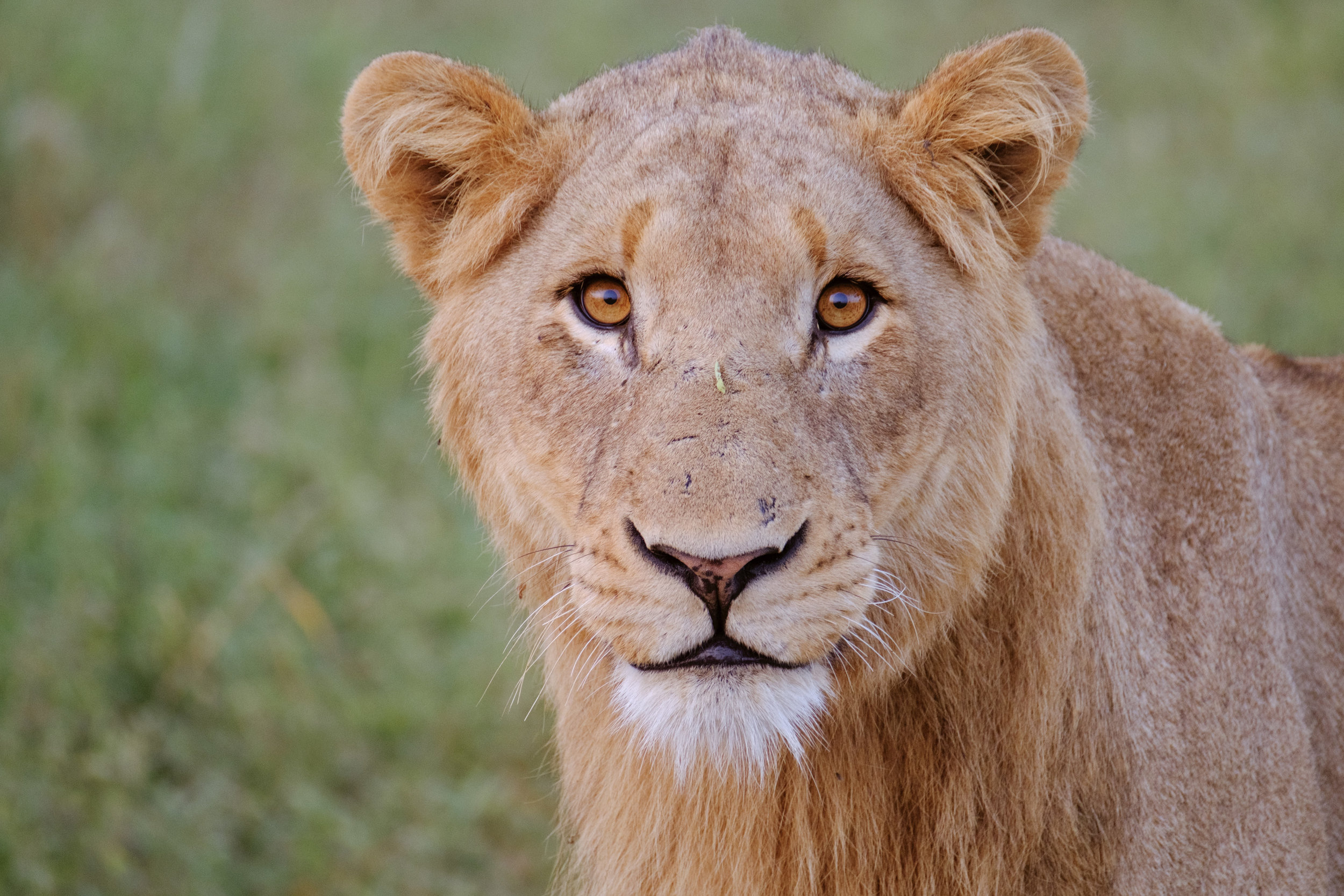

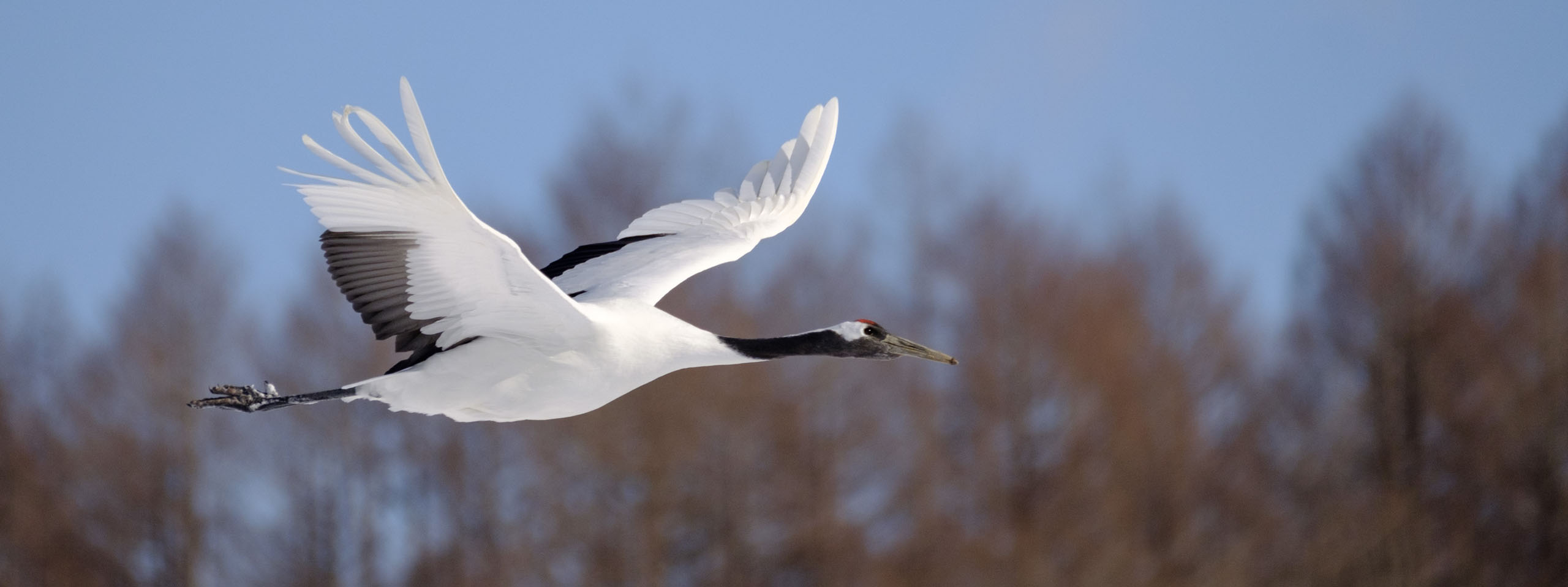




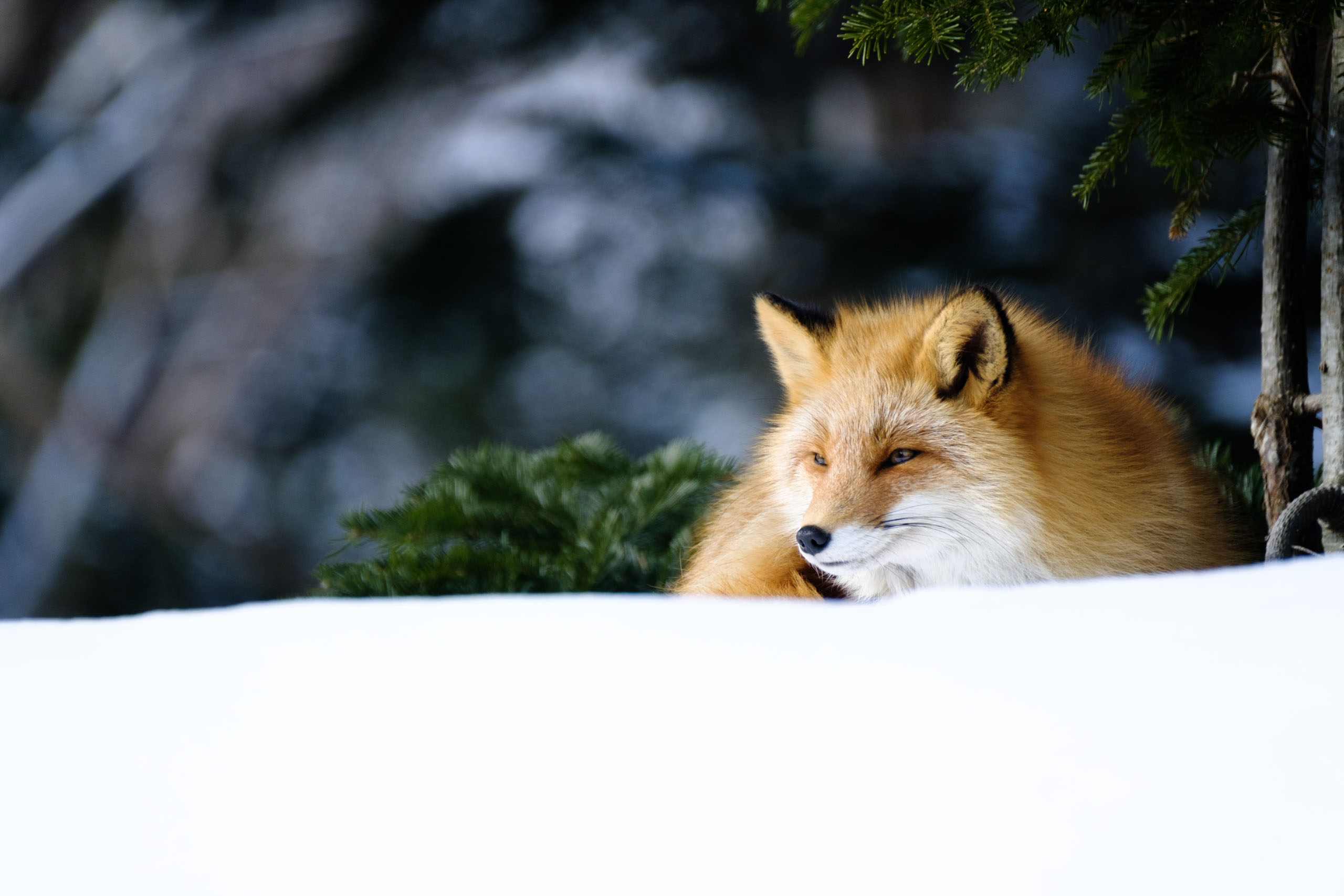
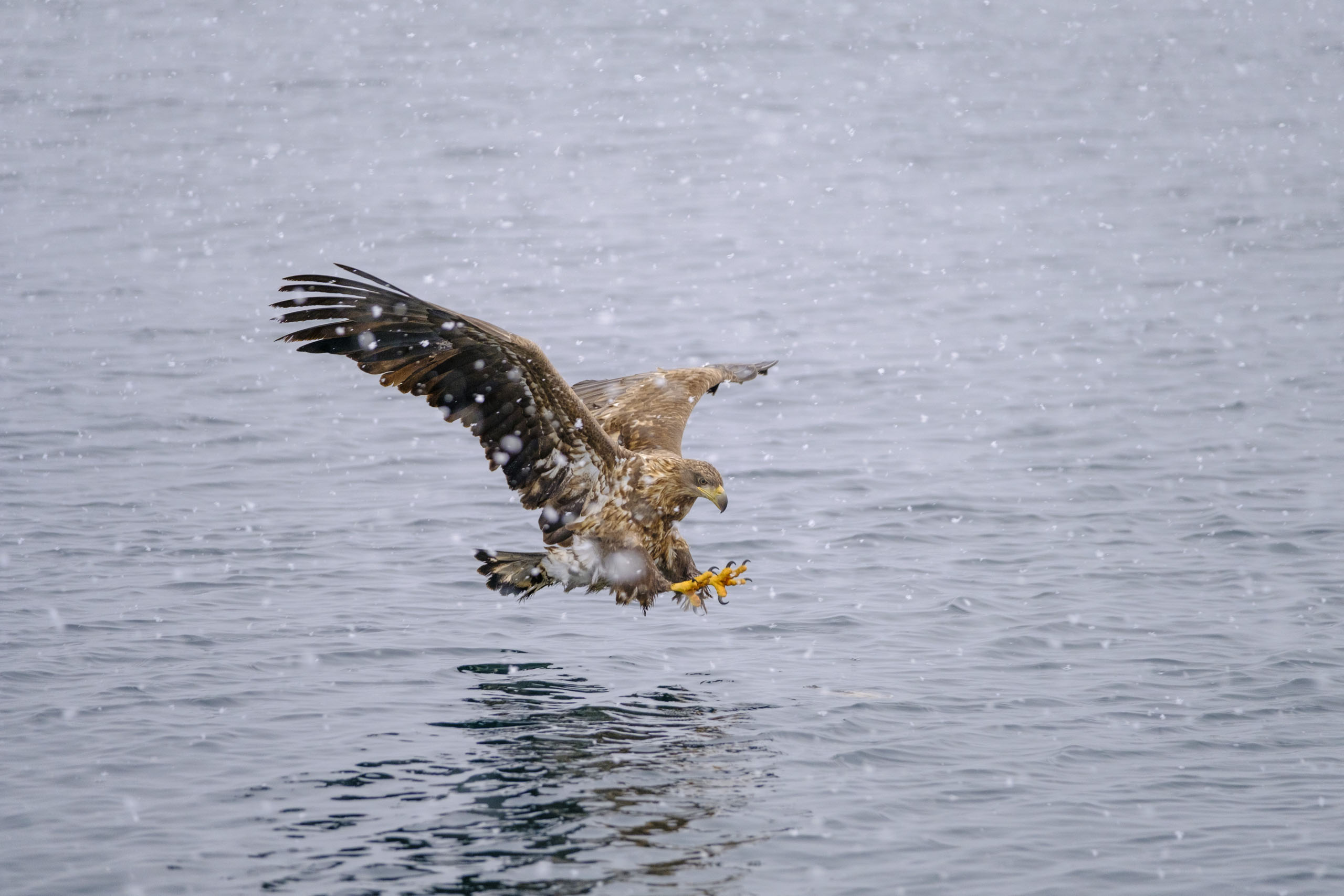
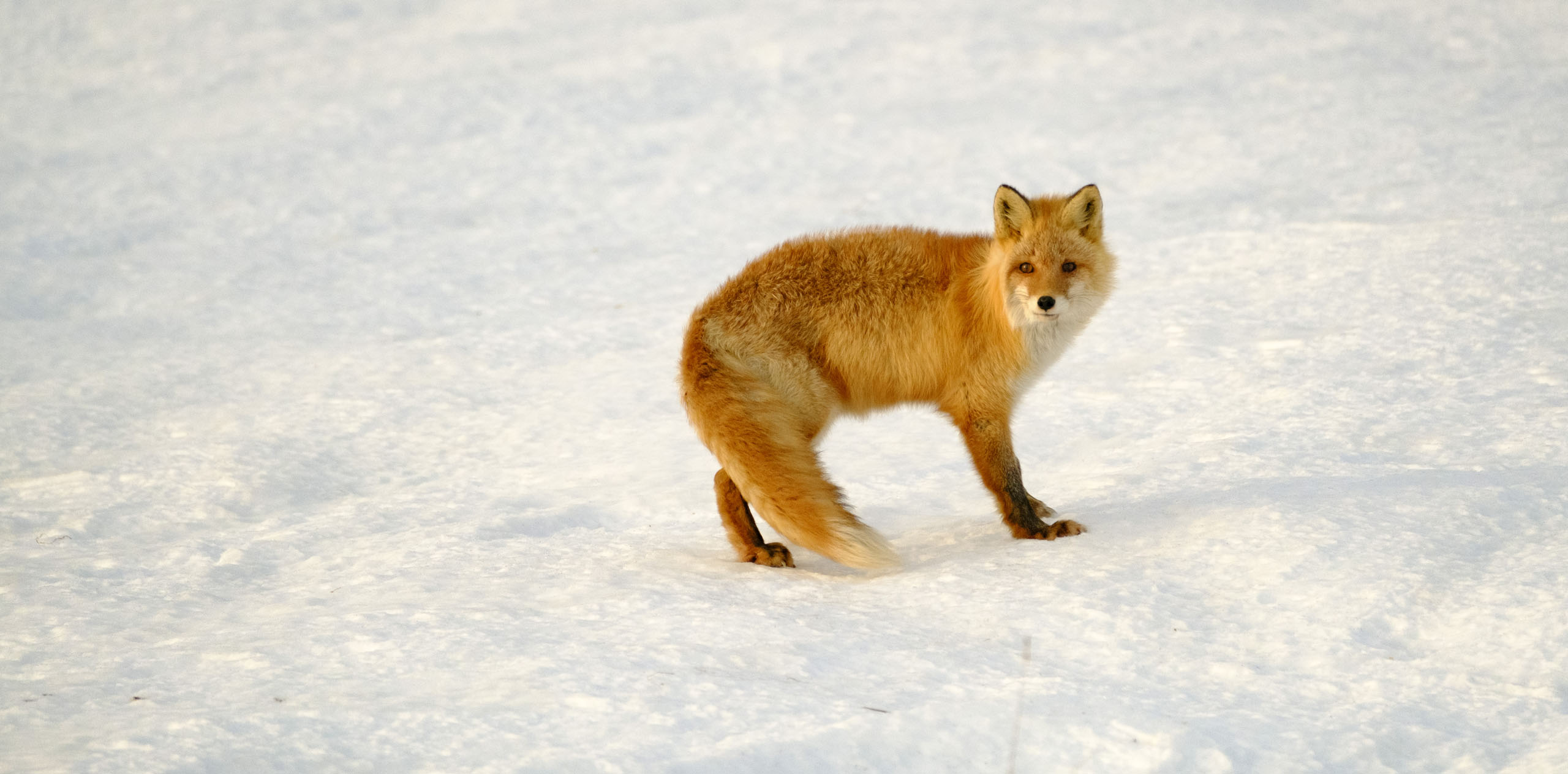
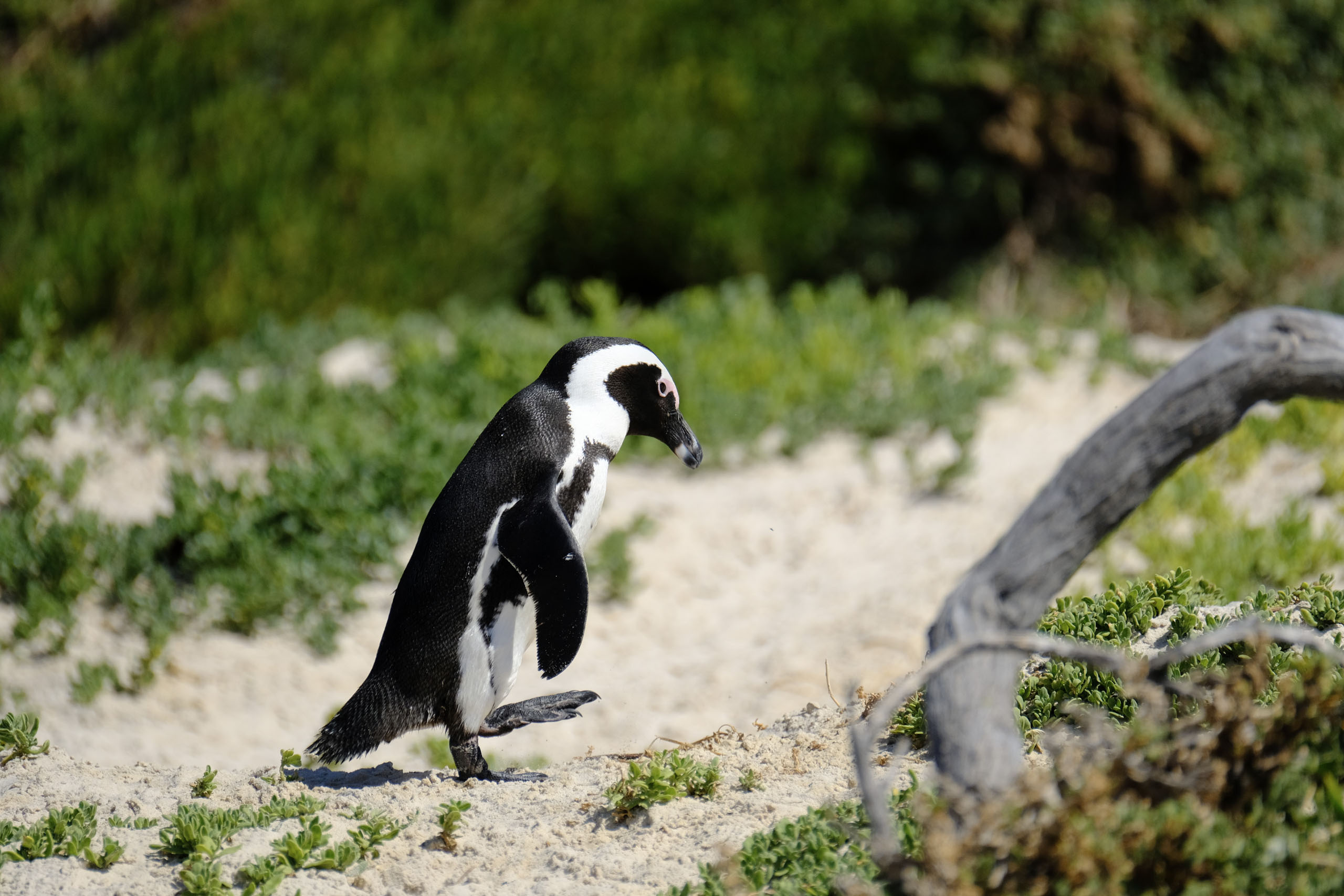
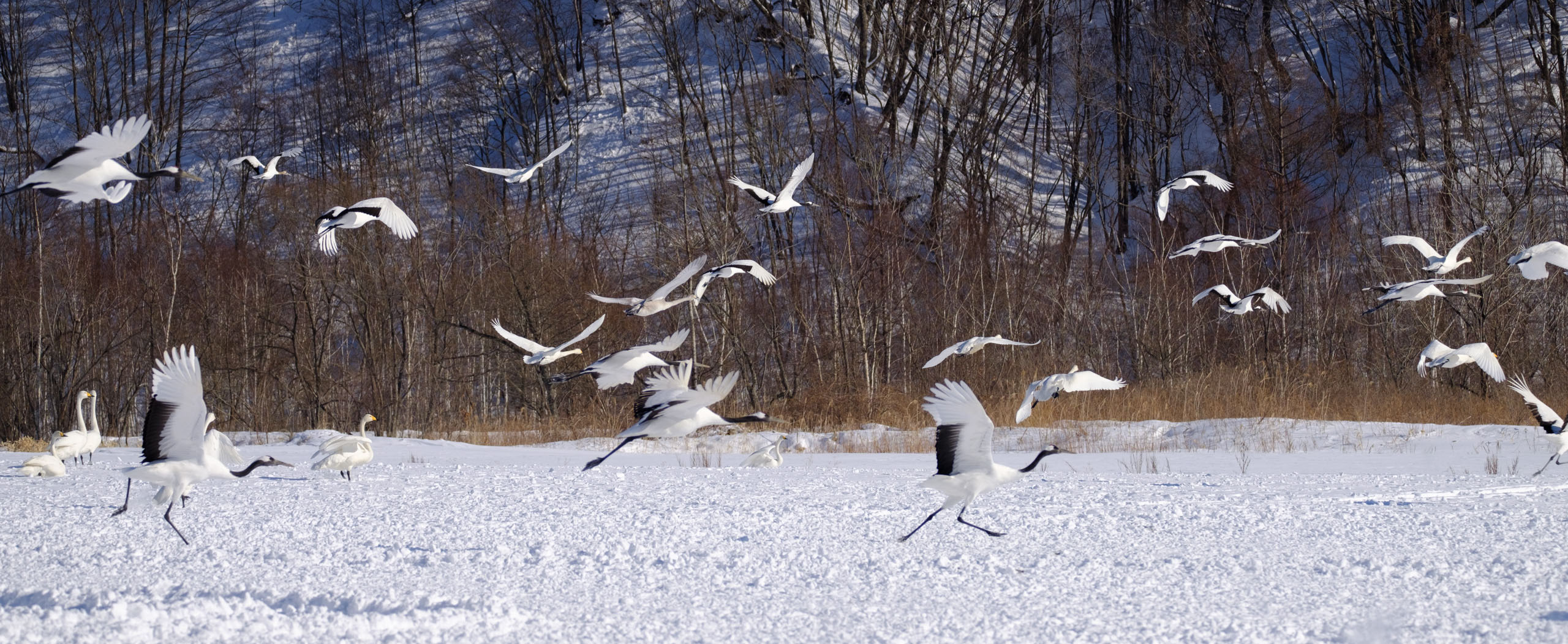
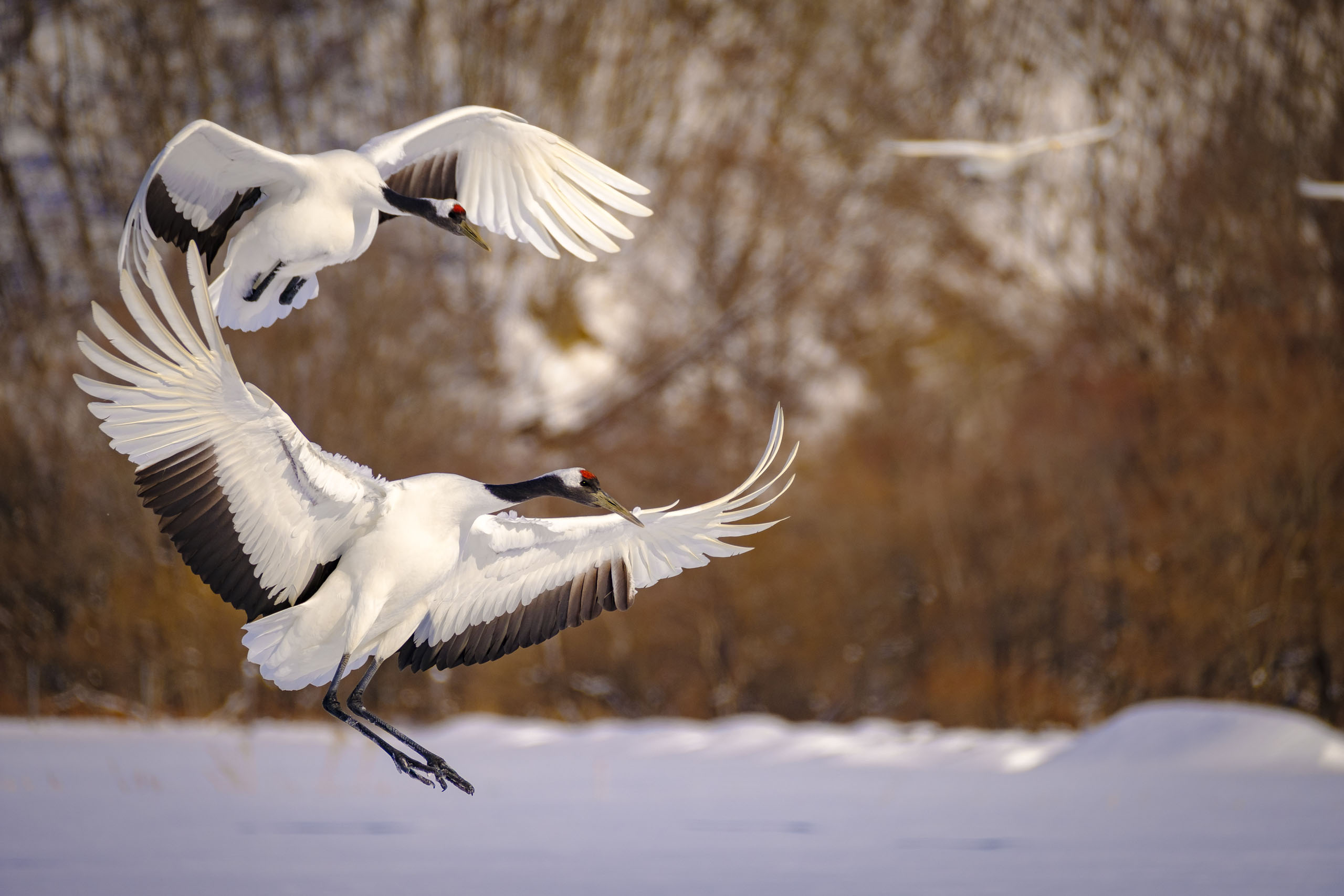


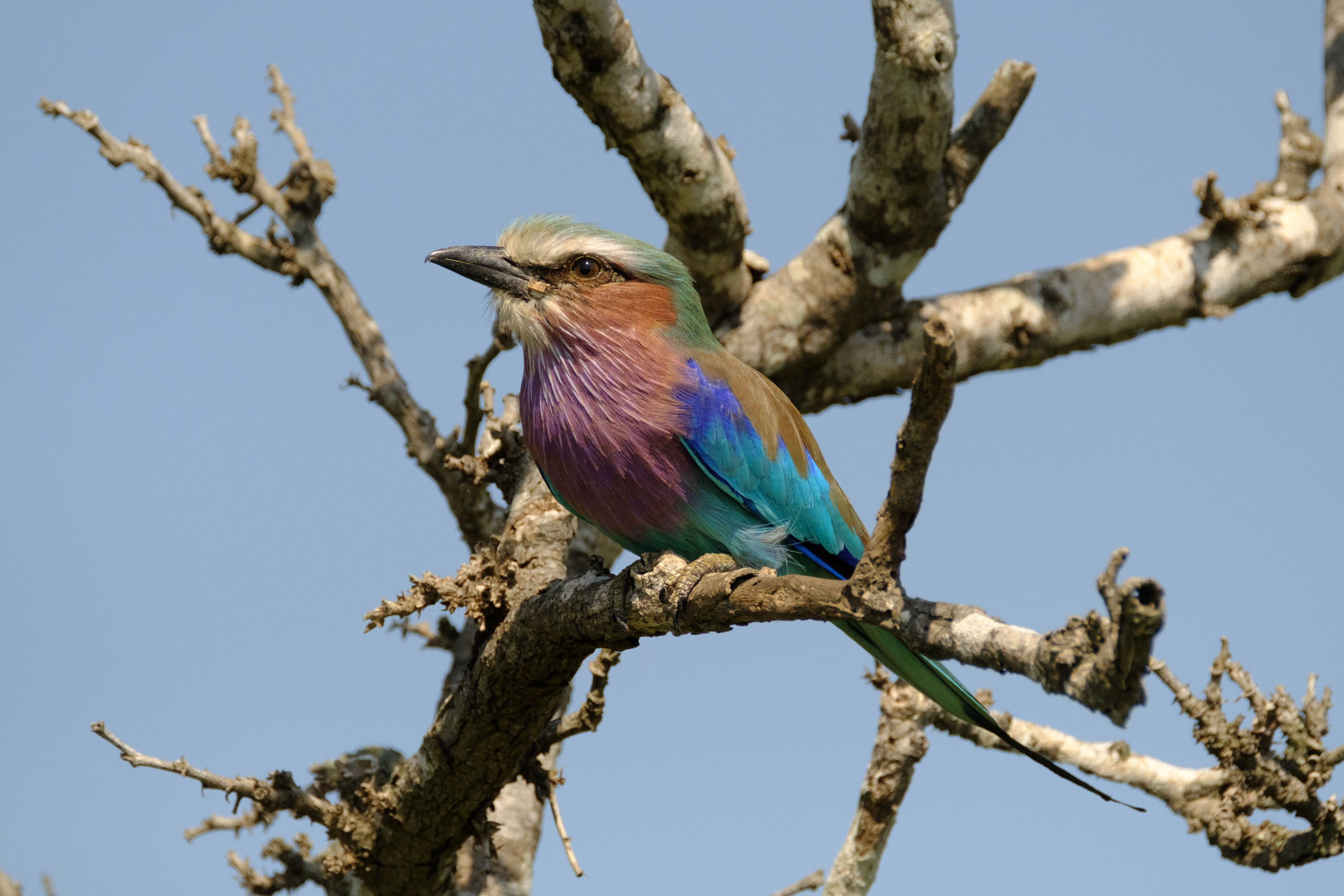

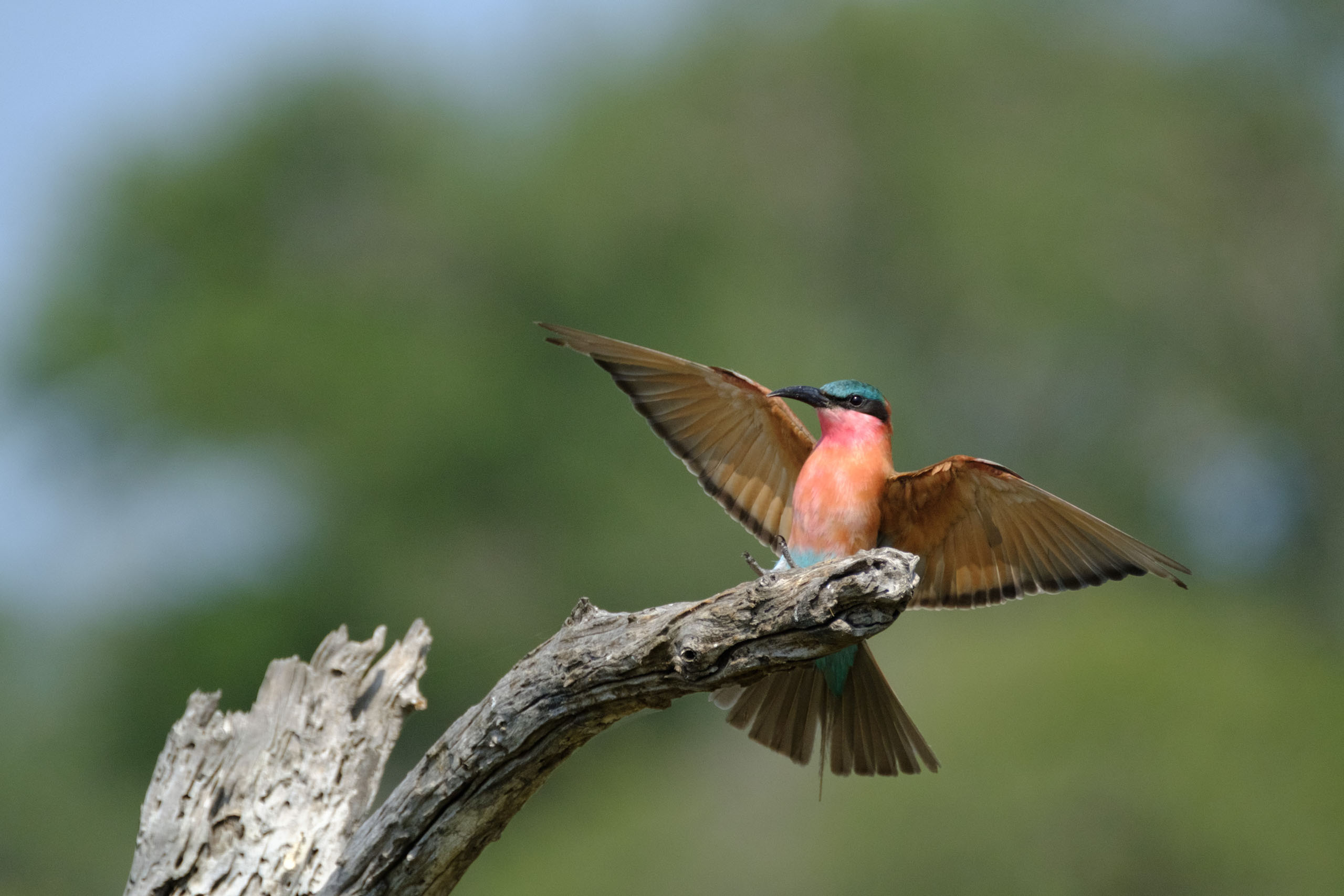
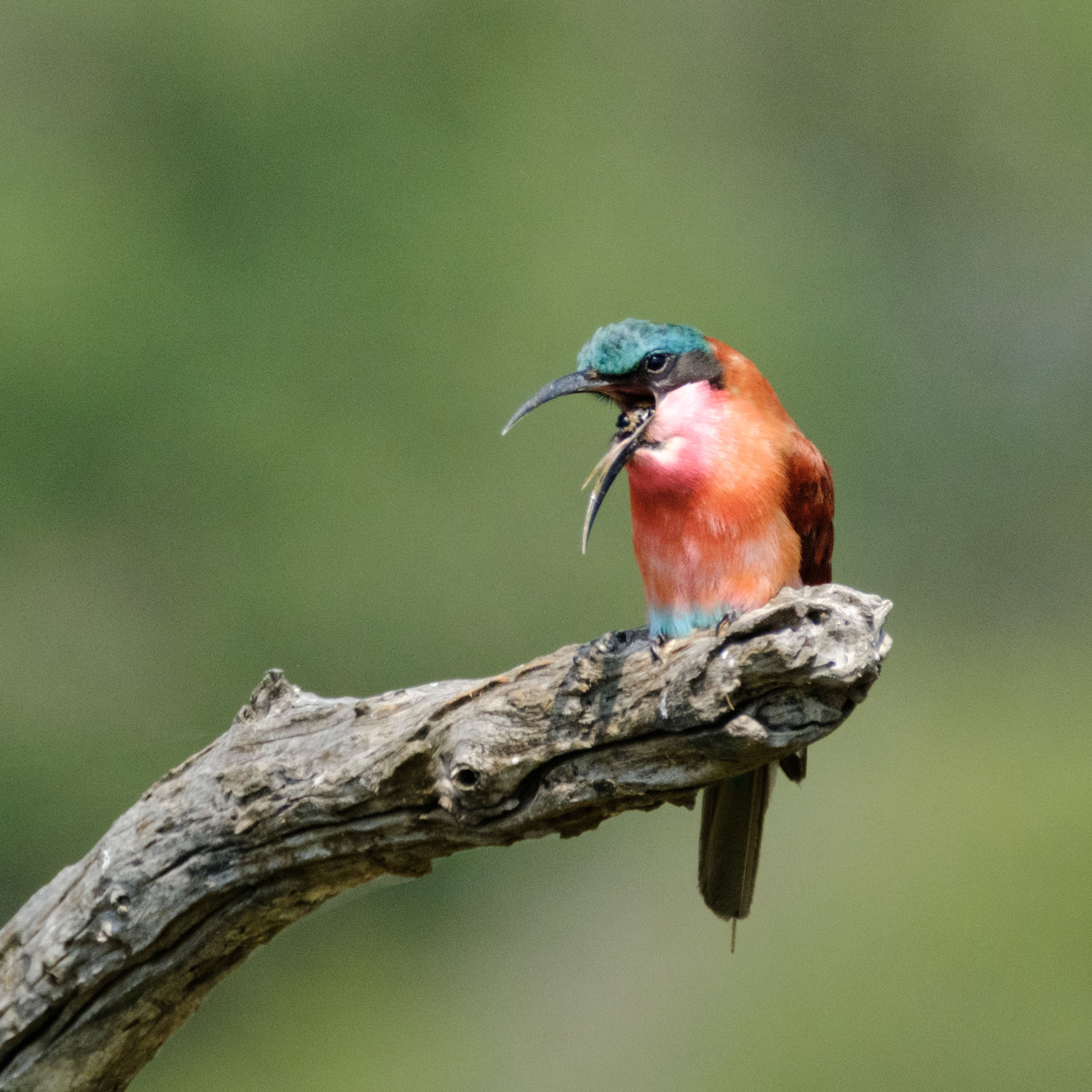


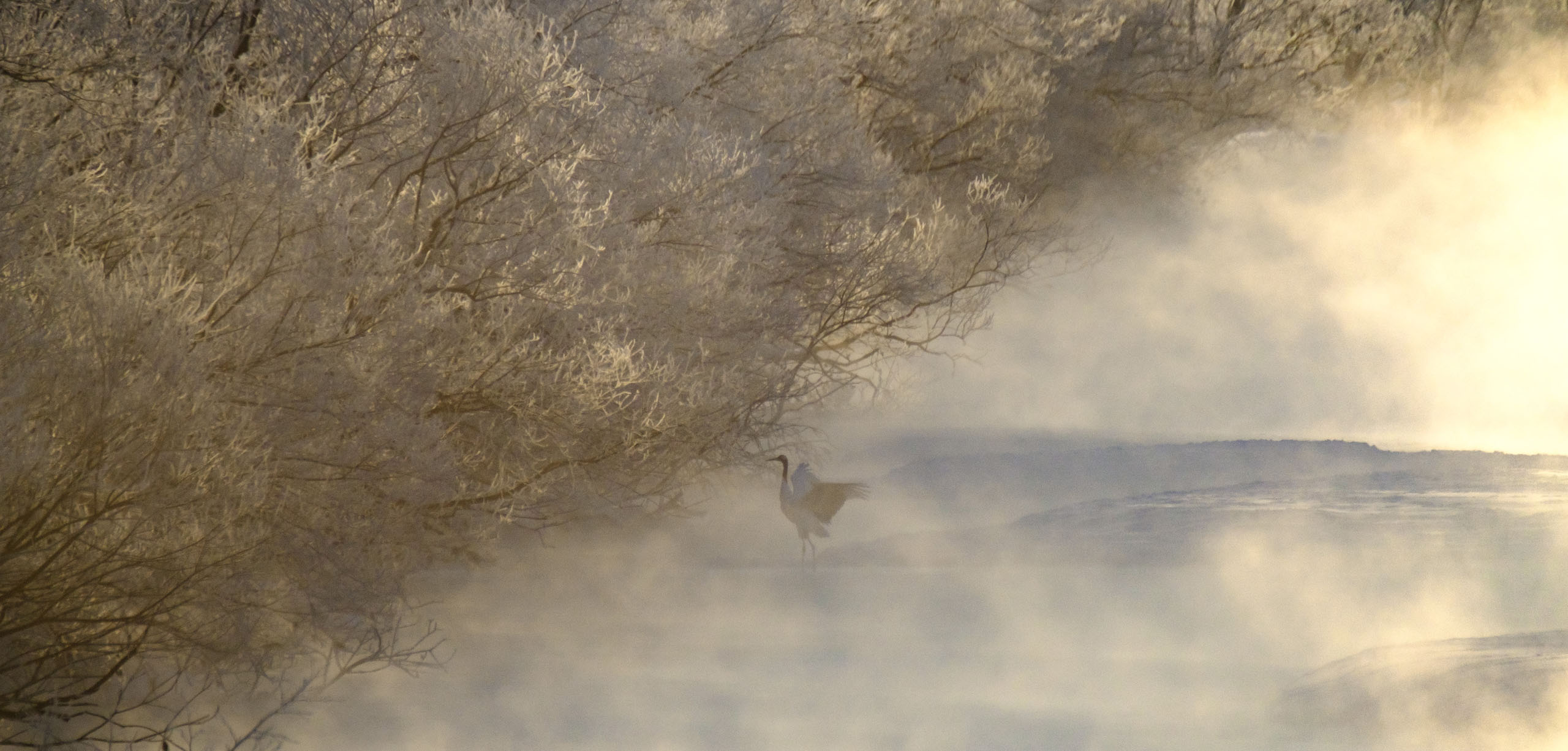


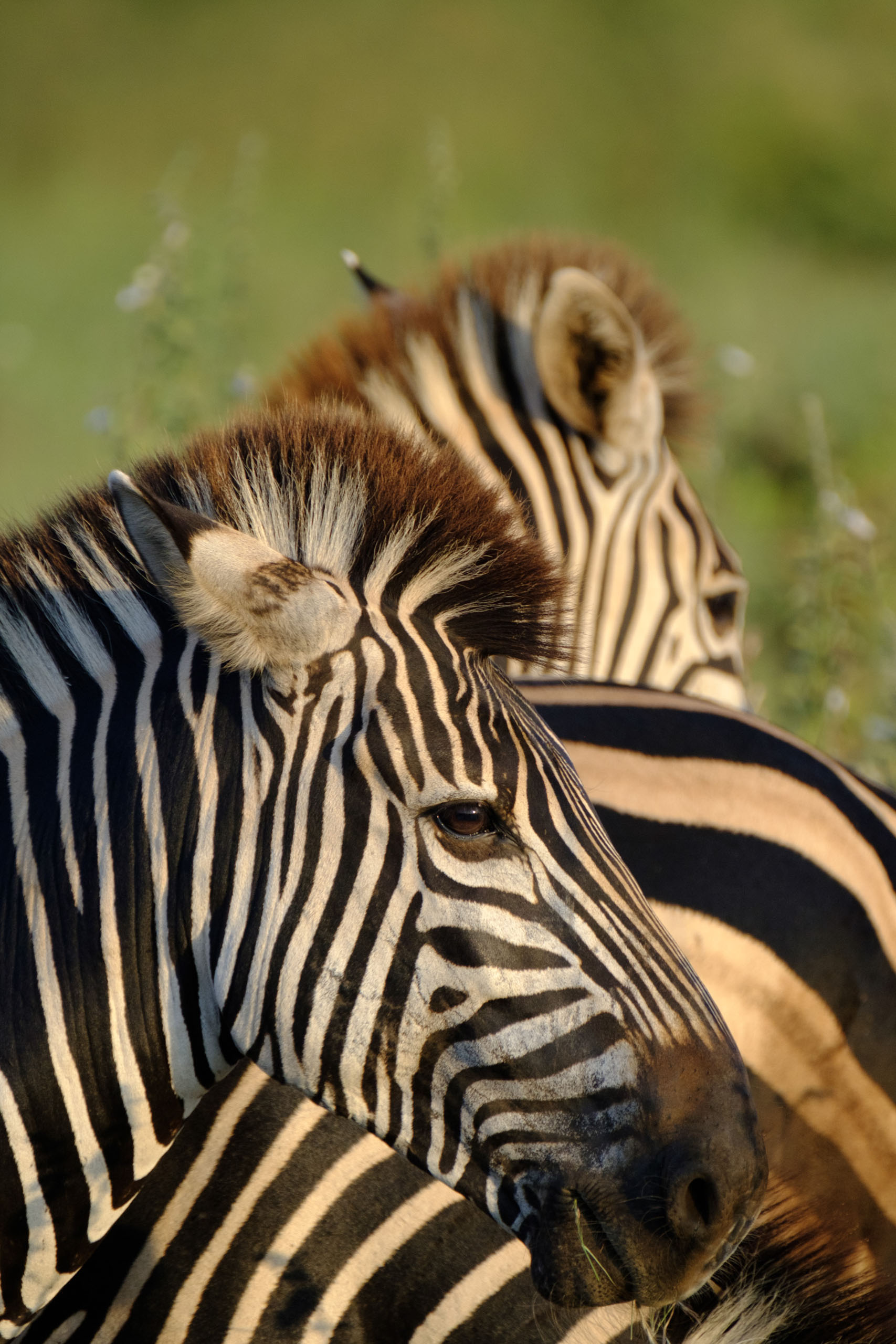
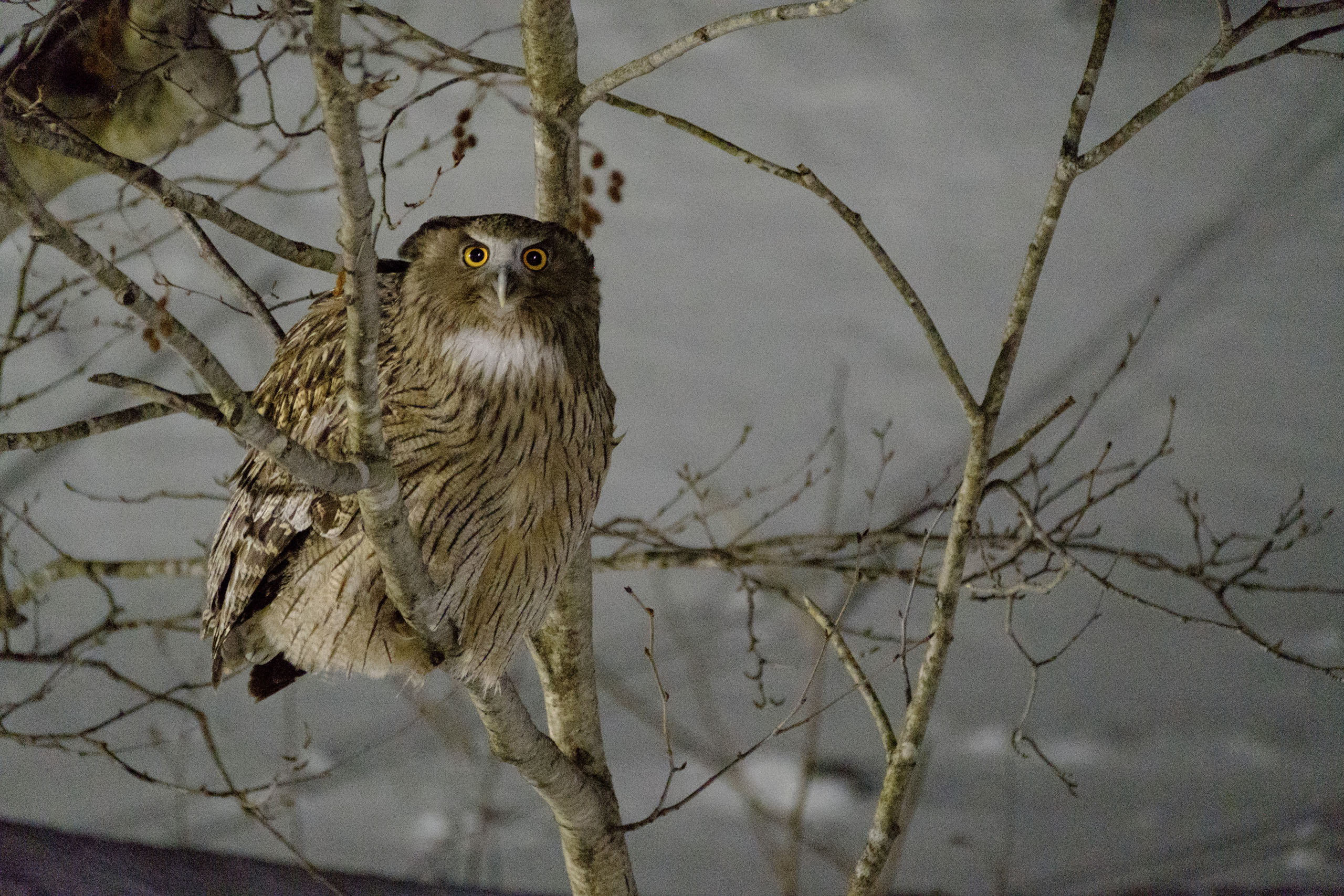
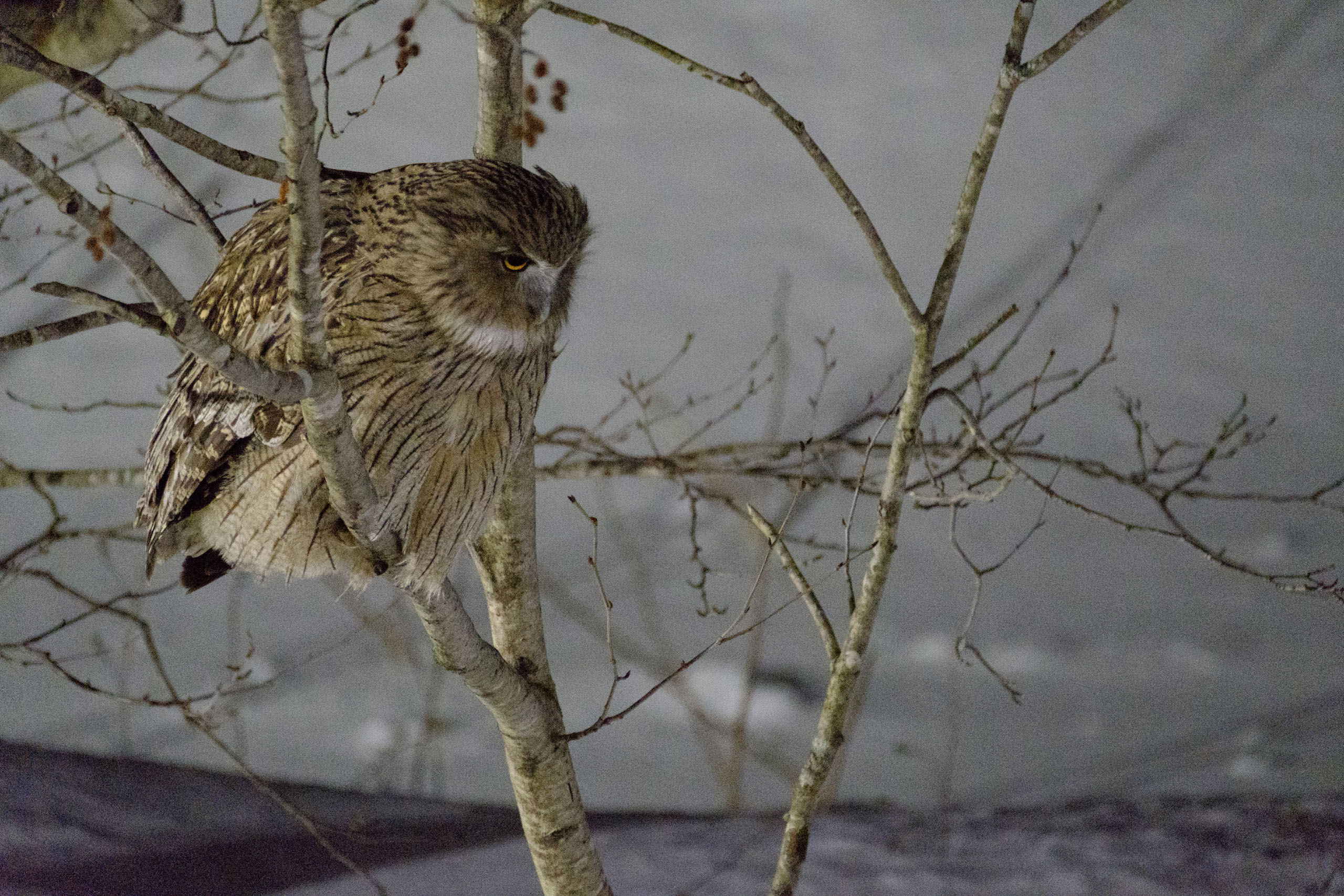
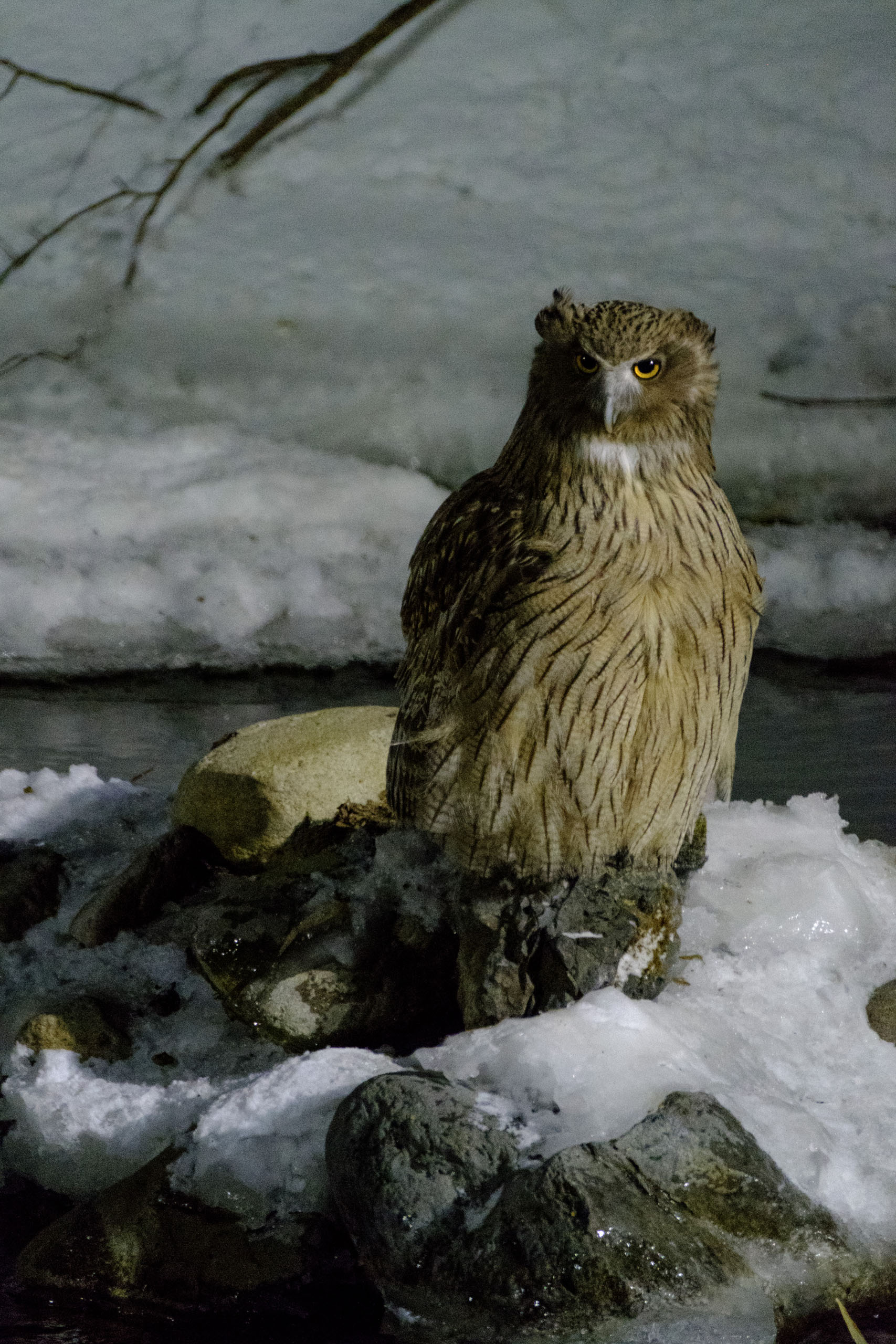
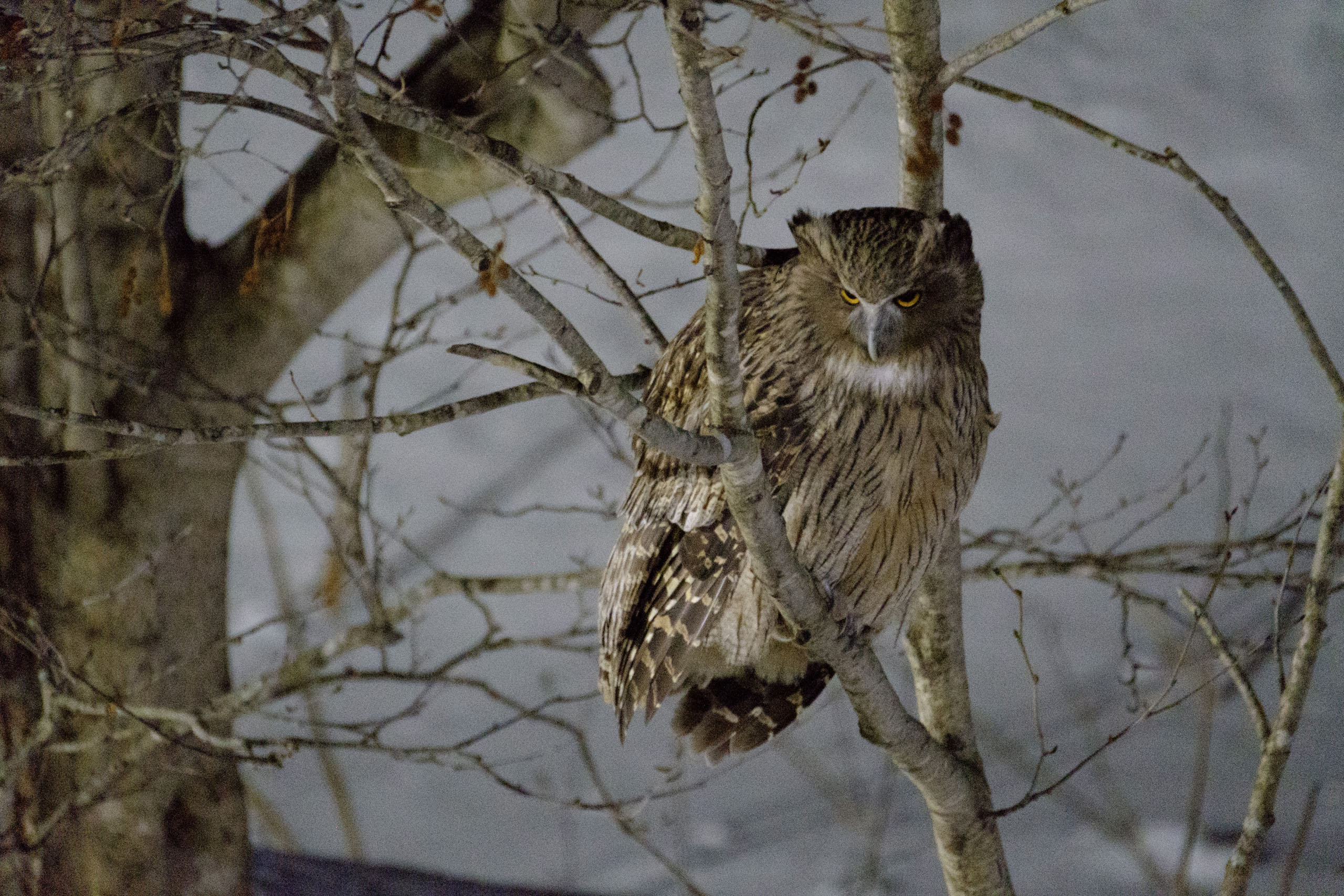
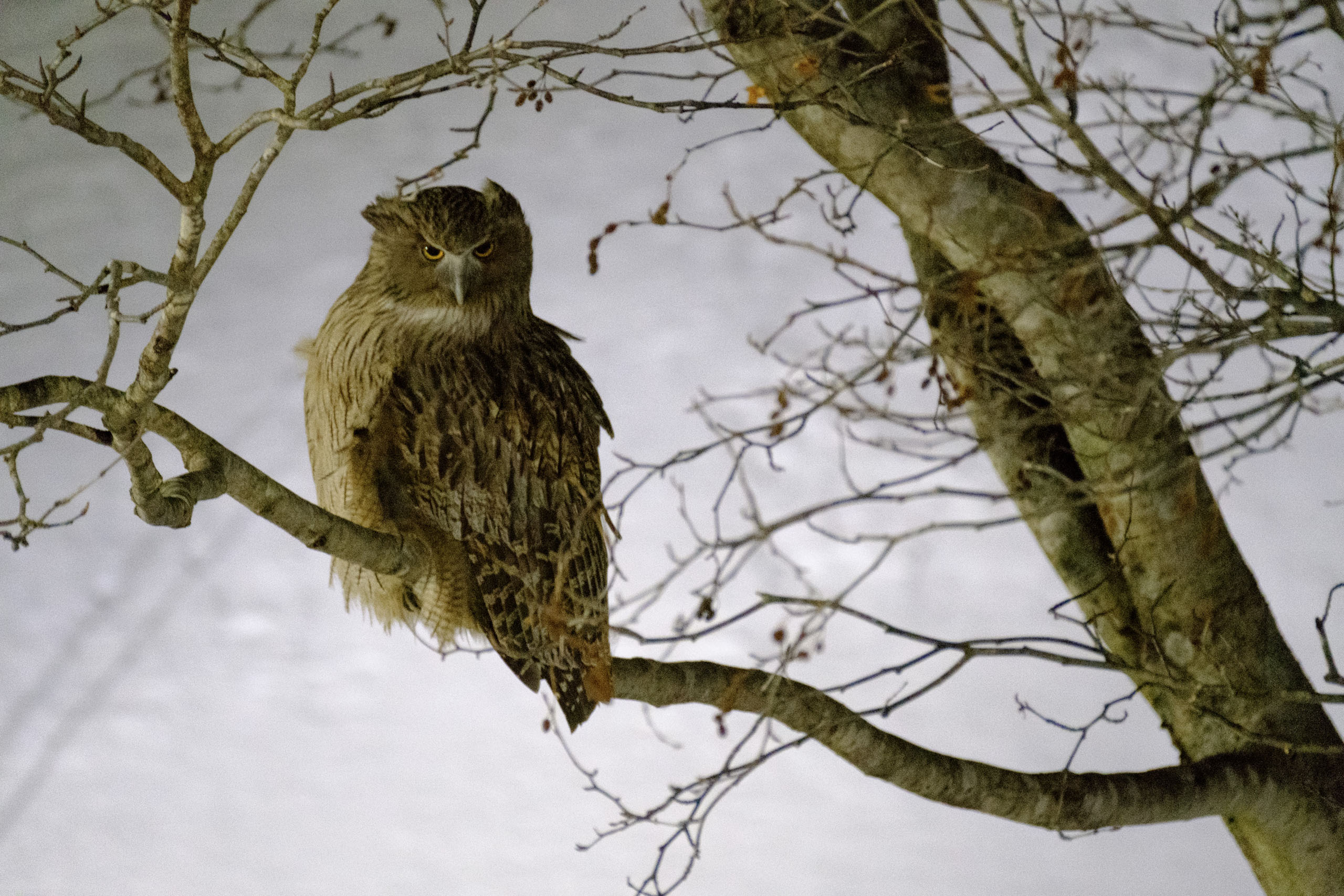

Hello Nanda,
Your blog is fantastic!
May I ask you for some advice?
I’m currently using an A6000 with 55-210 ‘kit’ zoom but would like to upgrade to a better system for birding without going all in on a full frame camera and lens.
Have you used the XT20? How would the XF100-400mm lens be on it?
Hello, thanks for your kind comments!
I’ve only used the X-T20 briefly in the stores. I think it’s a fantastic camera for landscapes and street photography (I do have an X-T10 that’s noticeably lighter than the X-T2).
However, I would strongly suggest you get an X-T2 for birding instead. The UHS-II card slot and high performance modes with the VPB-XT2 are going to make a huge noticeable difference.
The XF 100-400mm would balance a lot better on it too, allowing you to shoot comfortably for longer durations.
I have been using 100-400 mm lens for sometime with XT-3 and i notice a slight barrel distortion at around 400 mm …Nothing to complain as this can easily be removed in post processing
Good practical review. The comment on using exclusively with the X1.4TC. Are you referring to the 100-400mm or the 50-140mm?
Looking at my shots from a reserve near Kruger last September, the evening game drive shots were mostly close range ie 50~200mm or so. Still trying to figure out which lens I should take with X-T3 as I only carry cabin luggage and not keen to carry two heavy lenses. Inside Kruger park itself the 100-400mm is needed. An option I was considering was to take the X-T3/501-140/X1.4TC and a Sony RX10 lV to minimise weight. Have you any experience in a similar situation? Thanks Shane